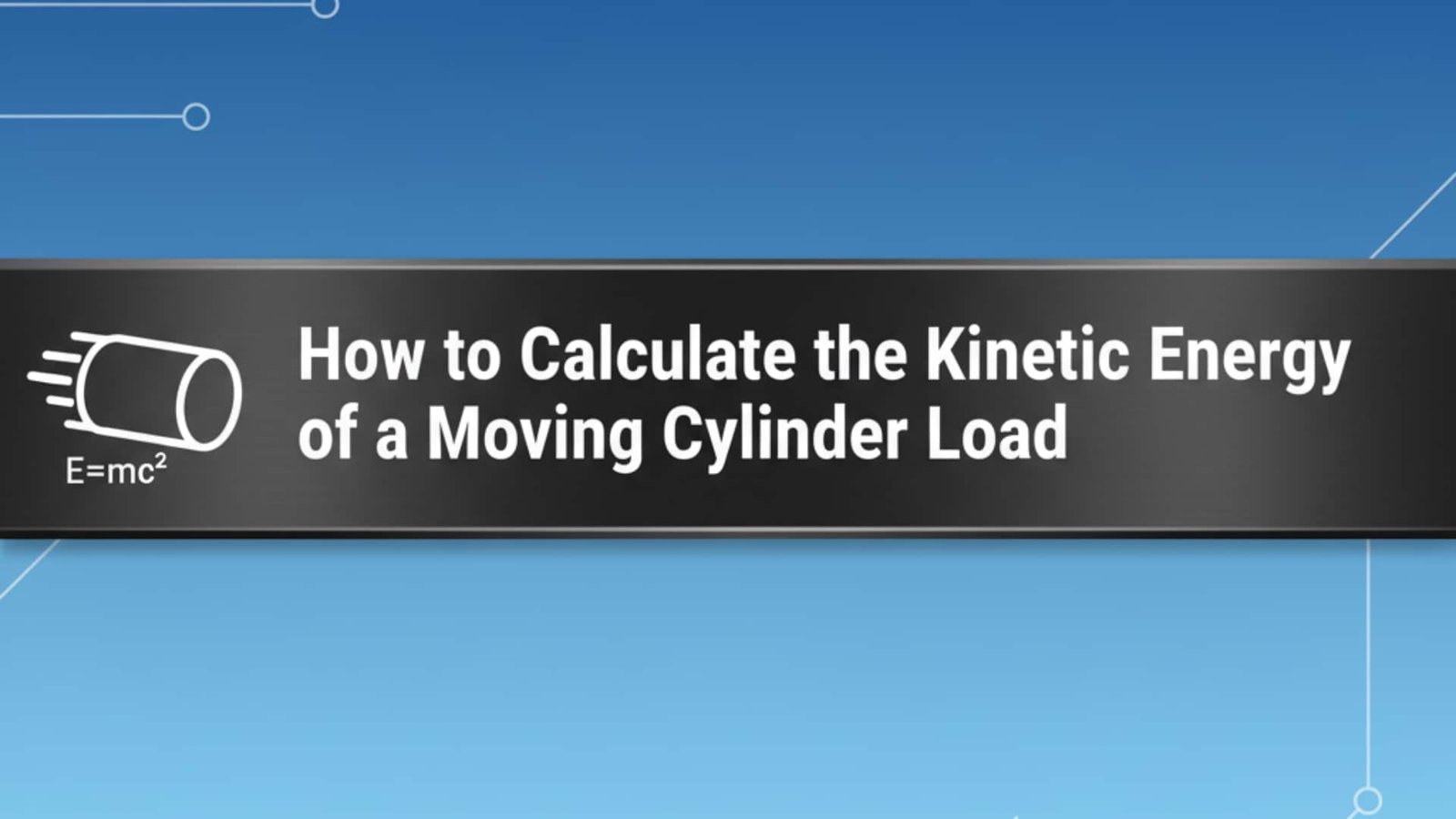
A Technical Analysis of Cylinder Response Time and Dead Volume
Cylinder response time depends directly on dead volume, with every cubic centimeter of trapped air adding 10-50 milliseconds of delay, while proper system design can reduce dead volume by 80% through optimized valve placement, minimized tubing length, and quick-exhaust valves, achieving response times under 100 milliseconds for most industrial applications.




